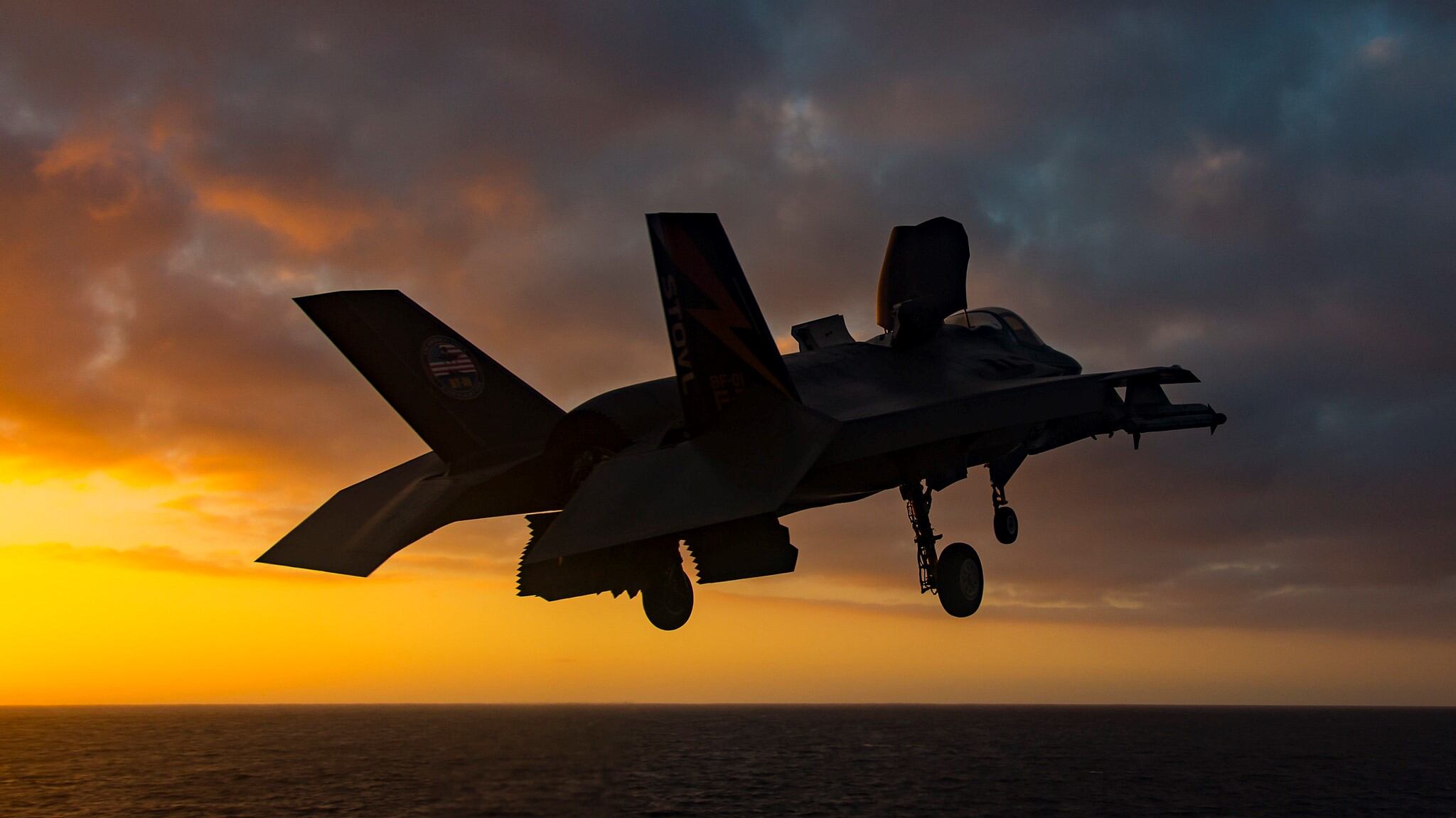WASHINGTON — Boeing’s F-15 program is getting a second life as the U.S. Air Force begins buying new aircraft, but it remains to be seen whether the company will be able to ring in international sales of the F-15EX model in a competitive fighter market.
In December, Congress approved a $985 million request by the Air Force to buy the first eight F-15EX aircraft, with two to be delivered by the end of the year. The Air Force issued a pre-solicitation Jan. 23, declaring its intent to sole source the F-15EX from Boeing.
In a statement to Defense News, Boeing F-15 program manager Prat Kumar expressed concern about the pace of contract negotiations, but sounded optimistic about potential international sales.
“Needless to say, we need to be on contract to deliver these jets. We do not fully control the timing of when we get on contract, but we’re doing everything within our control to deliver F-15EX jets before the end of the year,” he said.
RELATED
Kumar added that “several” international customers have already expressed interest in the F-15EX, and that the jet’s “advanced new capabilities, mission readiness and affordability make it an attractive fighter platform for our allies to consider.” Defense News asked Boeing to identify the customers, but the company declined to comment.
However, analysts said that any chance of foreign F-15EX sales will probably be limited to a small number of current users.
“It’s been given a nice boost by this [the U.S. Air Force purchase], and it’s very profitable for Boeing — so that’s certainly good,” said Richard Aboulafia, an aerospace analyst with the Teal Group. “It helps keep the type in service and effective for decades to come. That’s also good. It’s also good for their sustainment business. But in terms of transforming the fighter business, not so much.”
To begin with, the F-15’s existing customer base is small. Fewer countries bought the more expensive twin-engine F-15 compared to the prolific F-16. Japan, South Korea, Israel, Saudi Arabia and Singapore currently operate the F-15, while Qatar is slated to get its first ones in 2021.
But putting aside the competition from international fourth-generation fighter jets — such as the Eurofighter Typhoon, the Saab Gripen and the Dassault Rafale — another major barrier stands in the way: the total cost of the F-15EX in comparison to Lockheed Martin’s F-35 Joint Strike Fighter, according to Mark Gunzinger, director of government programs and war gaming for the Mitchell Institute for Aerospace Studies.
Boeing estimates that an F-15EX will cost roughly $80 million; meanwhile, last year’s F-35 contract between Lockheed and the Pentagon sets the cost of a conventional-takeoff-and-landing F-35A at $79.2 million in the upcoming Lot 13.
Still, the F-15EX might have an edge on operating costs. The Pentagon’s Cost Assessment and Program Evaluation office estimated the F-15EX’s cost per flying hour clocks in somewhere around $29,000. Meanwhile, it cost $44,000 per flight hour for an F-35 in fiscal 2018, and the government office expects that to taper down to $36,000 by FY24.
However, Gunzinger noted, F-35 sustainment costs may fall more quickly as the F-35 Joint Program Office aims to reduce the cost per flight hour to $25,000 by FY25.
“I think there has been a lot of debate, discussion and concern over sustainment costs,” he said. “But the trend line has been a decrease in sustainment costs, and I think [the goal of $25,000 per flight hour] is very feasible. If you can get a real fifth-gen capability for even a little more than what it would cost to sustain the F-15EX or other fourth-gen aircraft, then that’s a better deal.
“Because what’s more important than unit costs or sustainment costs is the cost per effect. What can you do with these weapon systems?”
Still, the F-15EX has some unique strengths — such as its large payload carrying capability — that makes it attractive to certain nations. The most immediate international F-15EX sales opportunity may come in the form of Israel, which is debating whether to buy additional squadrons of F-35s or F-15EXs.
“There’s a very good chance, I think, that they might buy another batch [of F-15s]. I’d give it even a 50 percent chance,” Aboulafia said, adding that Saudi Arabia and Qatar are even more likely to buy additional F-15s.
RELATED

Meanwhile, F-15 users in the Asia-Pacific region have bought into the F-35 program, with Japan increasing its order to 147 jets in 2018 and Singapore recently receiving U.S. government approval to begin buying 12 F-35B short-takeoff-and-vertical-landing models. However, Aboulafia acknowledged that F-15 operators in Asia could seek upgrades to their F-15s using F-15EX technology.
“You can’t rule out mods,” Aboulafia said. South Korea could want the new AN/APG-82 active electronically scanned array radar, for instance, while Japan has focused on indigenous upgrades, he added.
Valerie Insinna is Defense News' air warfare reporter. She previously worked the Navy/congressional beats for Defense Daily, which followed almost three years as a staff writer for National Defense Magazine. Prior to that, she worked as an editorial assistant for the Tokyo Shimbun’s Washington bureau.








